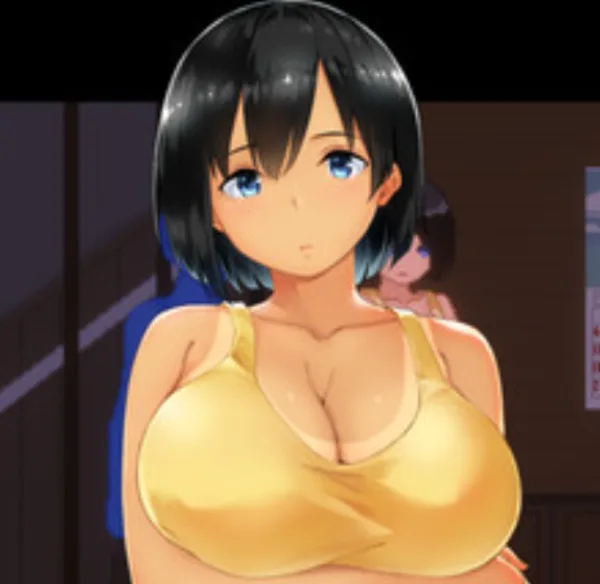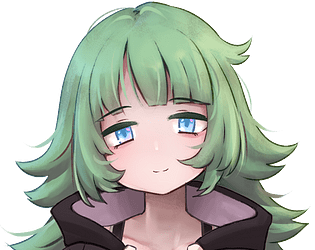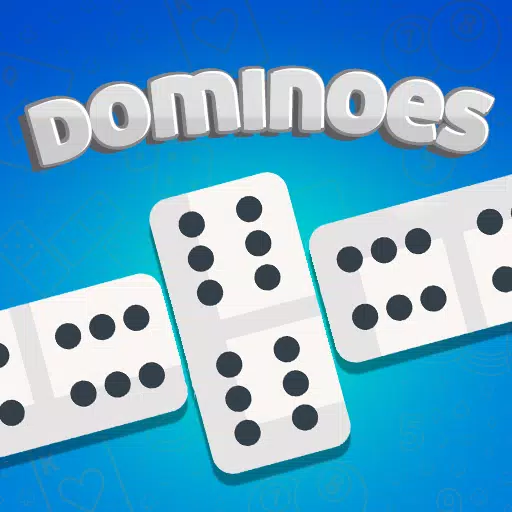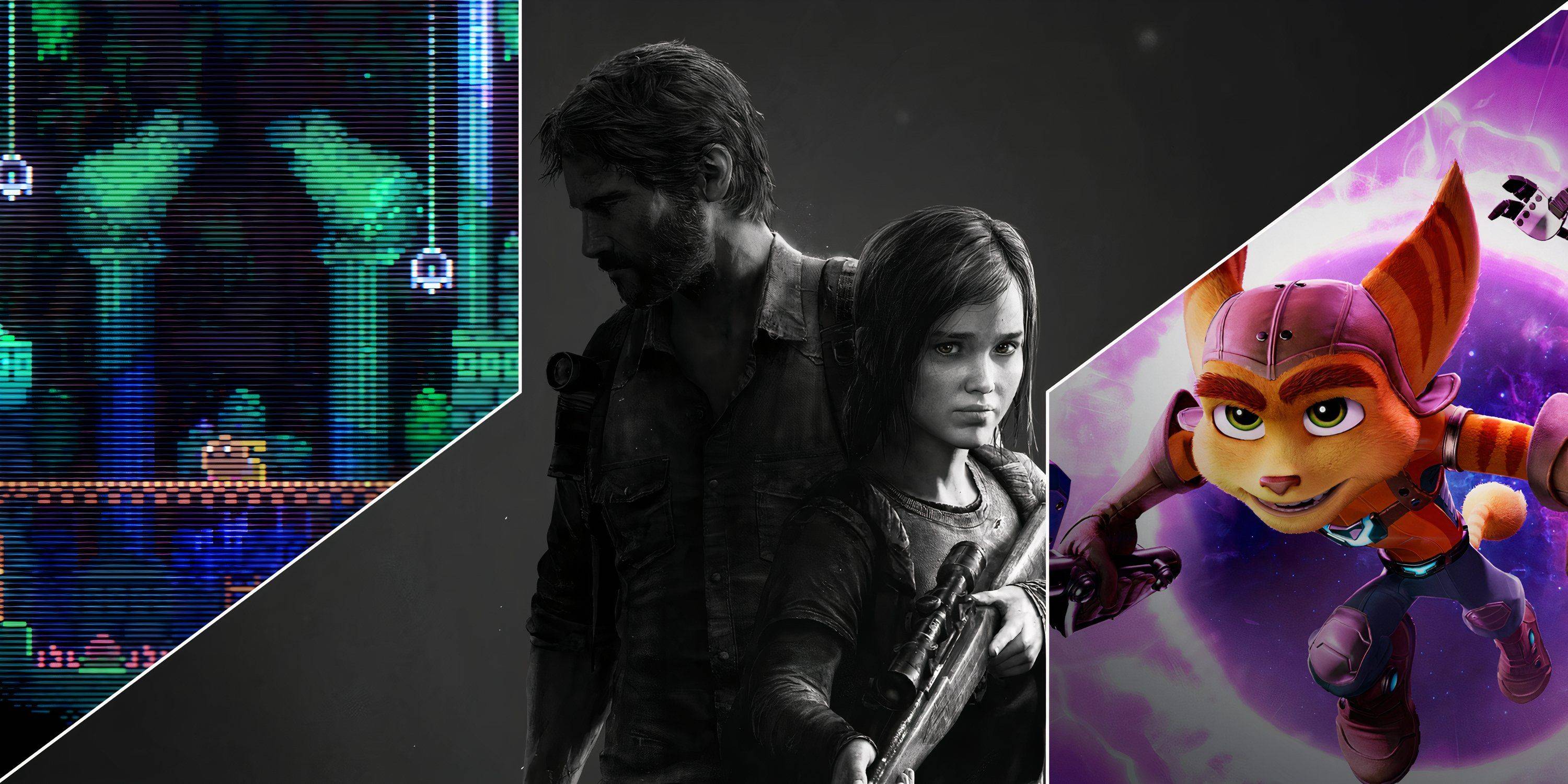Minecraft stands as one of the world's most beloved video games, yet its journey to global acclaim was anything but straightforward. The saga of Minecraft kicked off in 2009, evolving through numerous development phases and captivating gamers across all age groups. In this article, we'll delve into how a single individual crafted a cultural phenomenon that revolutionized the gaming industry permanently.
Table of Content ---
- Idea and First Implementation
- Active Audience Recruitment
- Official Game Release and Success on the International Stage
- Version Chronology
0 0 Comment on this Idea and First Implementation
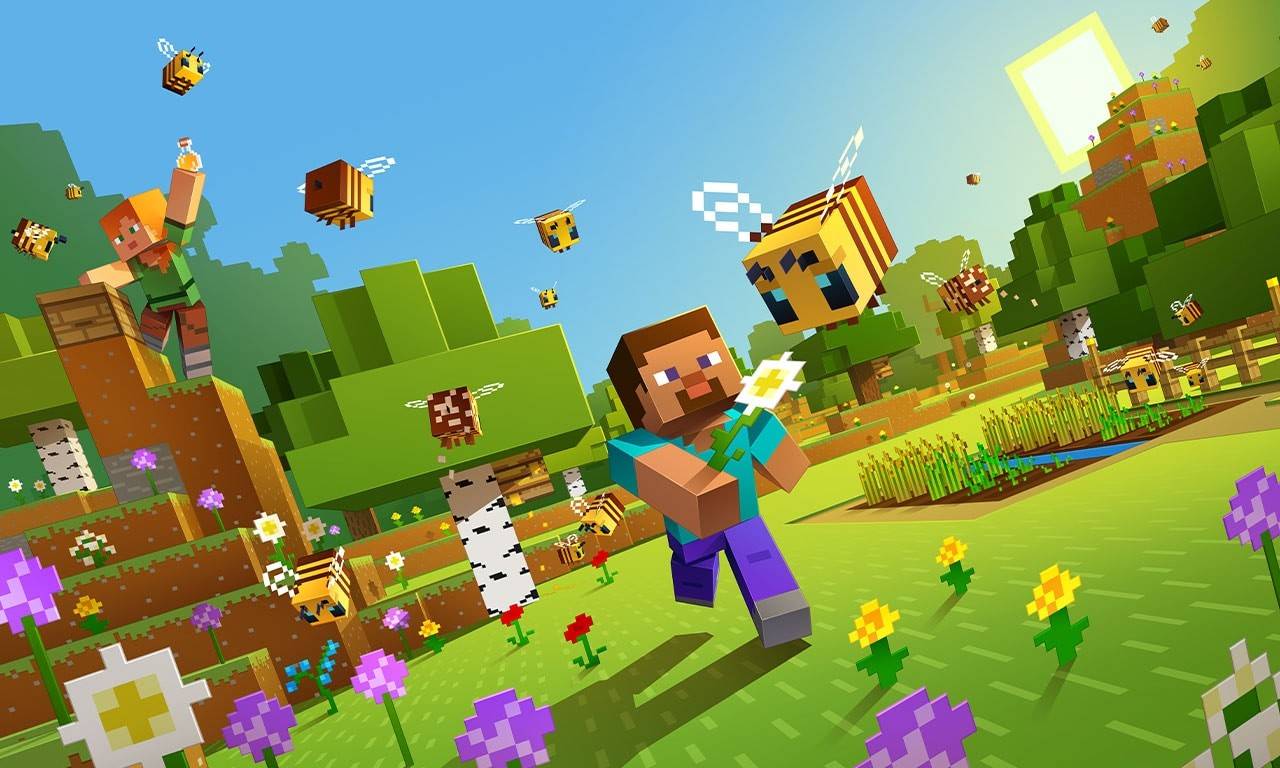 Image: apkpure.cfd
Image: apkpure.cfd
The story of Minecraft originates in Sweden, where Markus Persson, better known as Notch, embarked on this groundbreaking project. Inspired by games like Dwarf Fortress, Dungeon Keeper, and Infiniminer, Notch's vision was to create a sandbox where players could build and explore freely. The initial alpha version of Minecraft was released on May 17, 2009, while Notch was taking a break from his job at King.com. Launched through the official game launcher, this early version was a simple, pixelated sandbox that immediately drew attention for its building capabilities. Players began to immerse themselves in Markus Persson's innovative world.
Also read: Minecraft journey in invisible form: an overview of the invisibility elixir
Active Audience Recruitment
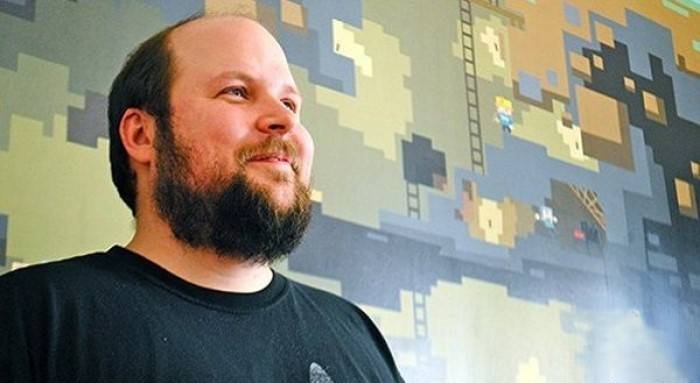 Image: miastogier.pl
Image: miastogier.pl
The buzz about Minecraft spread organically through word of mouth and player-generated content online, propelling its popularity to new heights. By 2010, the game transitioned into beta testing, and Notch founded Mojang to fully dedicate himself to the project. Minecraft's allure lay in its novel concept and the endless creative possibilities it offered. Enthusiasts built everything from personal homes to iconic landmarks and entire cities, marking a significant milestone in video gaming. A crucial enhancement was the introduction of Redstone, enabling players to engineer intricate mechanisms.
Official Game Release and Success on the International Stage
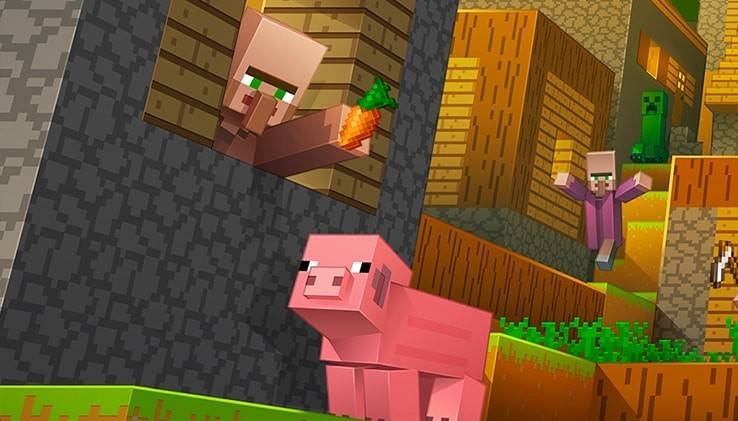 Image: minecraft.net
Image: minecraft.net
Minecraft's official version 1.0 was released on November 18, 2011, by which time it had already amassed millions of devoted fans. The community became one of the largest and most active globally, with players developing mods, maps, and educational initiatives. In 2012, Mojang expanded to various platforms, launching on Xbox 360 and PlayStation 3, welcoming console gamers into the fold. The game resonated particularly with children and teenagers, who channeled their creativity into groundbreaking projects, blending fun with learning.
Version Chronology
 Image: aparat.com
Image: aparat.com
Here's an overview of key Minecraft versions following its official release:
| **Name** | **Description** |
| Minecraft Classic | The original free version of Minecraft. |
| Minecraft: Java Edition | Lacks cross-platform play. The Bedrock Edition has been integrated into the PC version. |
| Minecraft: Bedrock Edition | Supports cross-platform play with other Bedrock versions. Includes Java Edition on PC. |
| Minecraft mobile | Allows cross-platform play with other Bedrock versions. |
| Minecraft for Chromebook | Available on Chromebooks. |
| Minecraft for Nintendo Switch | Comes with the Super Mario Mash-up kit. |
| Minecraft for PlayStation | Supports cross-platform play with other Bedrock versions. |
| Minecraft for Xbox One | Partially includes Bedrock edition; no longer updated. |
| Minecraft for Xbox 360 | Support ended after the Aquatic Update. |
| Minecraft for PS4 | Partially includes Bedrock edition; no longer updated. |
| Minecraft for PS3 | Support ended. |
| Minecraft for PlayStation Vita | Support ended. |
| Minecraft for Wii U | Features off-screen play. |
| Minecraft: New Nintendo 3DS Edition | Support ended. |
| Minecraft for China | Exclusive to China. |
| Minecraft Education | Tailored for educational use in schools, camps, and clubs. |
| Minecraft: PI Edition | Designed for educational purposes on Raspberry PI. |
Such is the remarkable history of Minecraft. Today, it transcends being just a game; it's an entire ecosystem encompassing vibrant communities, YouTube channels, merchandise, and even official competitions where players race to construct the most impressive structures. Regular updates keep the game fresh, introducing new biomes, characters, and features to maintain player engagement.
 Home
Home  Navigation
Navigation






 Latest Articles
Latest Articles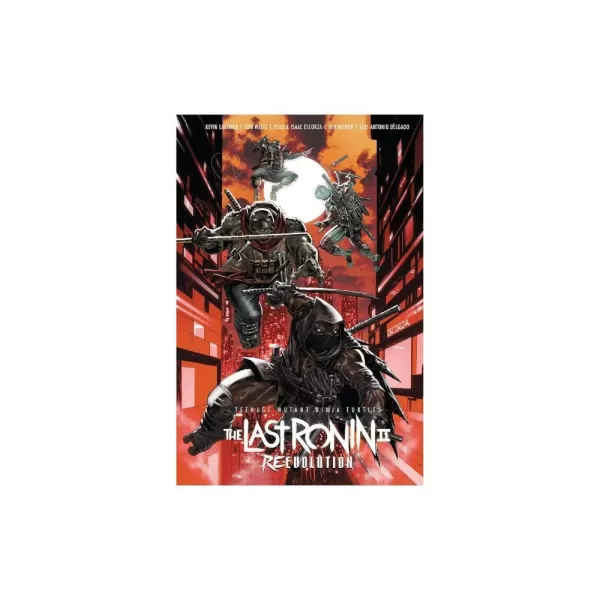
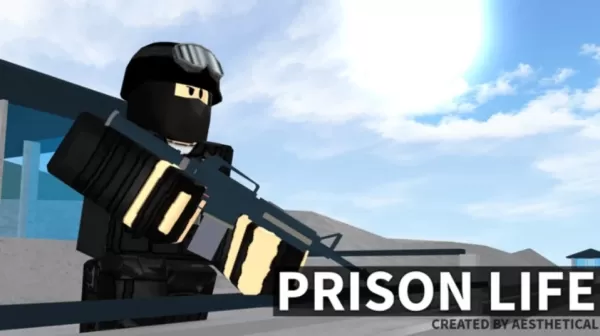
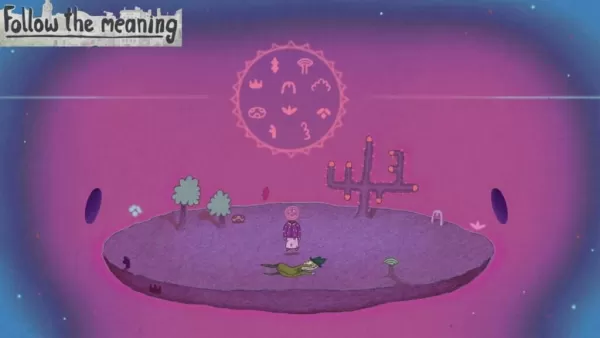








 Latest Games
Latest Games
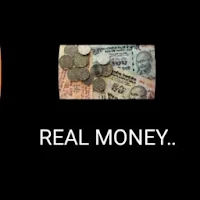

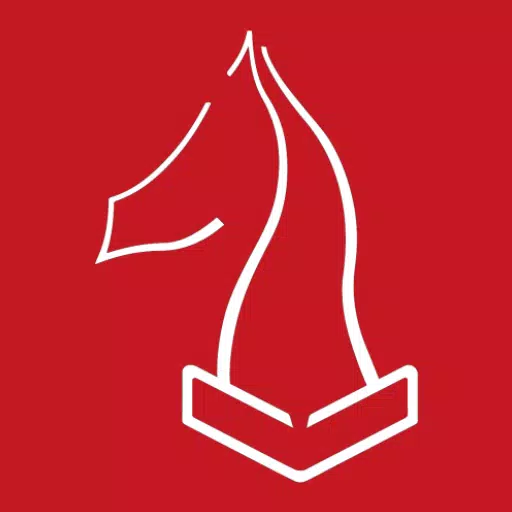

![Chubby Story [v1.4.2] (Localizations)](https://imgs.xddxz.com/uploads/85/1719638042667f981a5e9f8.jpg)
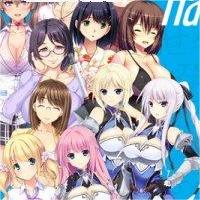
![Zia – New Version 0.4 [Studio Zia]](https://imgs.xddxz.com/uploads/47/1719569268667e8b74e6004.jpg)
